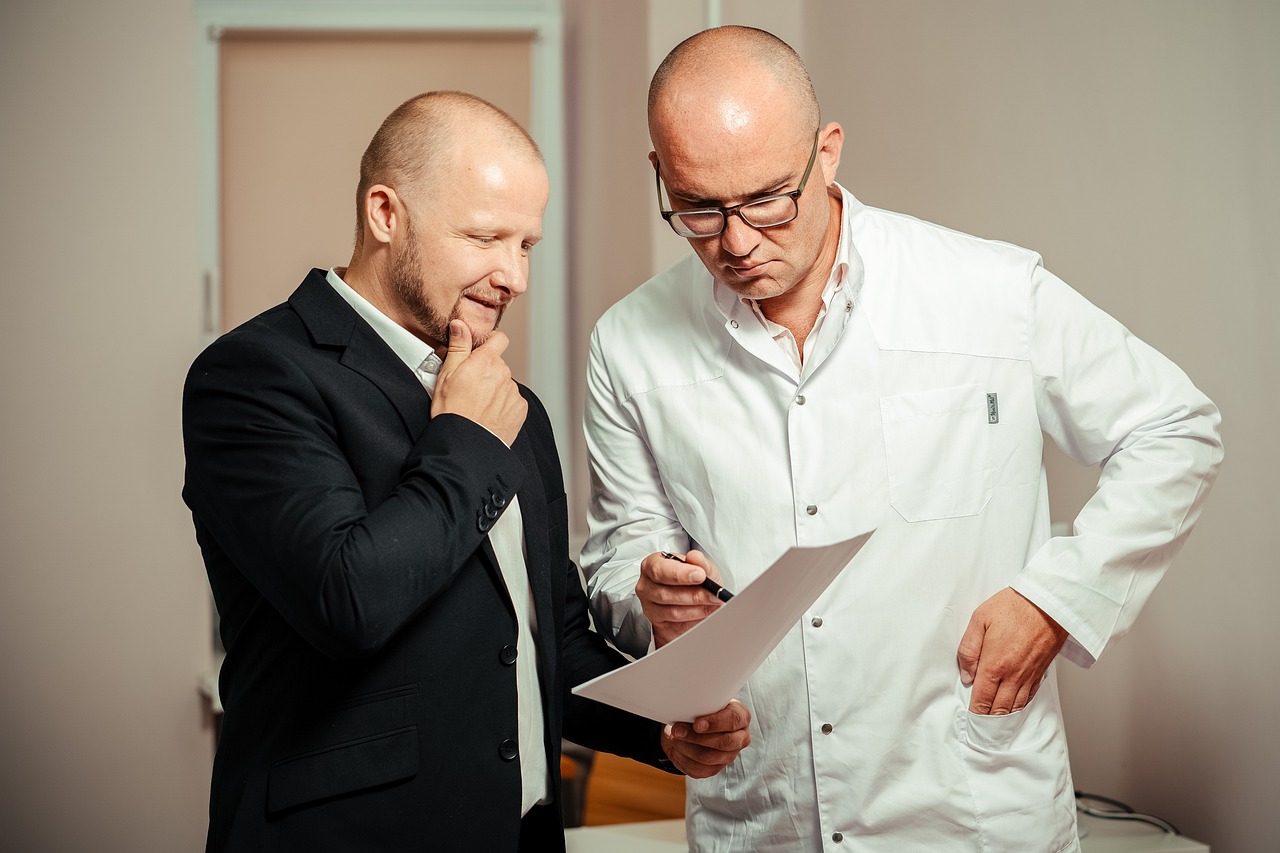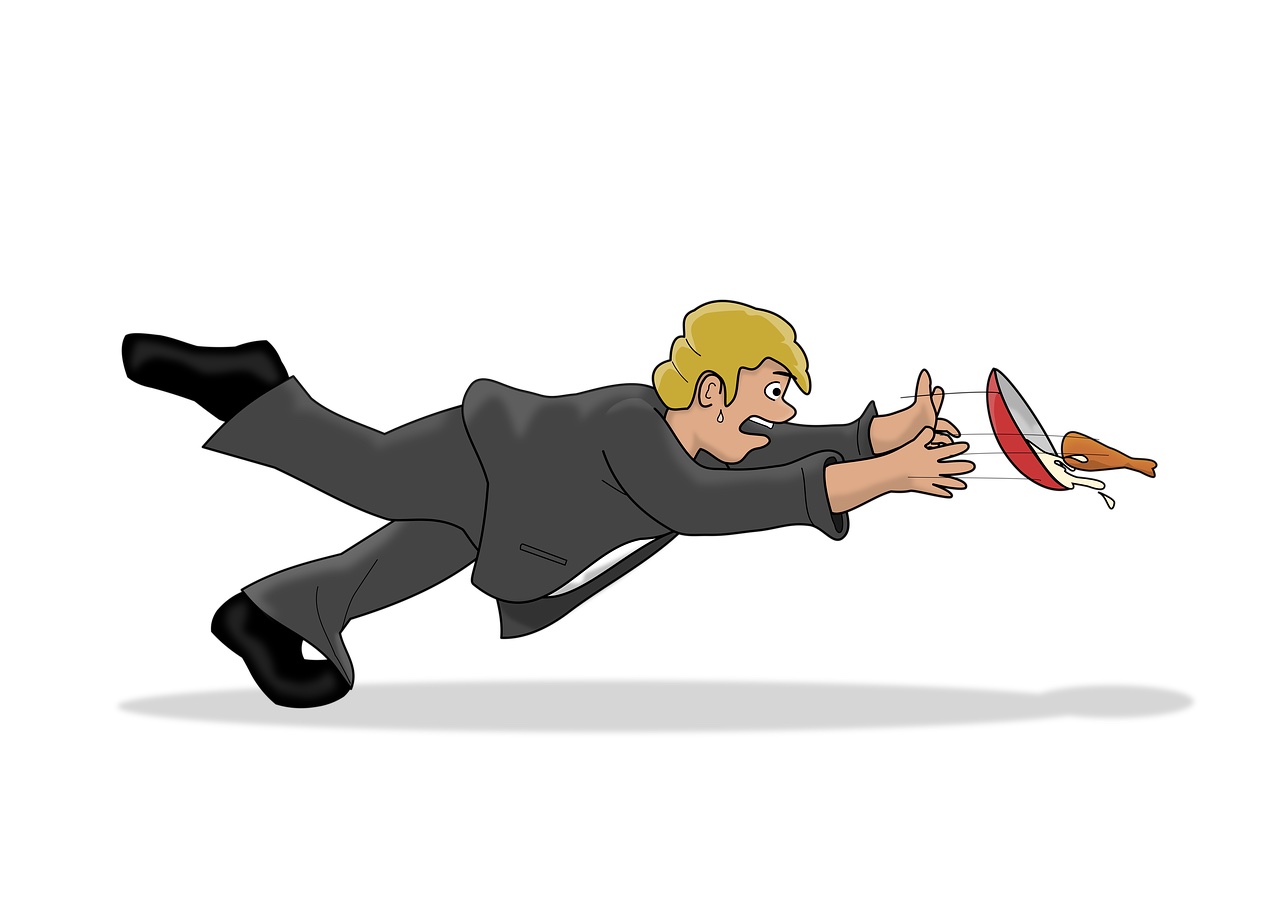
The Scenario
A clinical colleague walks up to you, and the following conversation ensues.
Clinician: Can you take a look at my chest film? I have had a cough for several weeks that won’t go away.
Radiologist: Sure. Let me take a look at the image.
The name of the clinician is on the computer, and the scan pops up on the screen
Clinician: Well, what do you think?
The radiologist stares intensely at the screen. Beads of sweat begin to form on his forehead as he sees a spiculated 6 cm left perihilar mass with adjacent interstitial changes and pulmonary nodules in the opposite lung. The clinician stares at the radiologist in front of the desk.
Radiologist: Well… Ummm…
Clinician: Well, what do you see?
By far, reading your fellow clinical colleague’s imaging studies has the potential to be one of the most stressful clinical situations as a radiologist. (as witnessed above) Even worse, the physician-patient may stand directly in front of you while looking at the films for the first time. God forbid we find something potentially lethal or unexpectedly harmful.
Over the years, similar scenarios have played themselves out several times. And, it’s not just me. It happens to most radiologists at some point in their careers, probably you as well. So, what do we do in these situations? Well, you guessed it. That is the theme for today’s post. Let me try to give you a few pieces of sage advice.
Take Time To Read The Study And Call The Clinical Colleague Later
Like I previously advised in prior posts such as Radiology Call- A Rite Of Passage, you are better off taking your time and going through your search pattern rather than being interrupted and making the wrong diagnosis. When a physician-patient stands right in front of you and stares at the screen, you direct your attention toward your emotions, leading to poor discrimination and interpretations. You are not doing justice to good clinical care.
I know. It is challenging to say to the physician-patient, “I can’t look at your images while in the room.” Instead, just say, ” I will look at your images later when I can make my best interpretation.” Most of the time, your clinical colleague will comply (But not always!). It indeed allows you, the interpreting physician, to have time to think about the films and diagnosis appropriately.
Don’t Beat Around The Bush
Your colleagues are physicians and generally know a bit about imaging/radiology. They will see if you are holding back a finding. So, regardless of whether you are on the phone or in person, you just need to tell them what you see. In radiology, however, most findings and impressions (even malignant-looking ones) can have numerous outcomes. In this situation, it is reasonable to say I think it may be x (a malignant diagnosis), but I have seen when it turns out to be y (a benign diagnosis). Of course, you don’t want to give false hope. But we, as radiologists, are rarely 100 percent correct! That gives you a little bit of an out.
Never Farm-Out This Responsibility To Another Radiologist!
Generally, there is a reason why this physician-patient comes to you to read their study. Maybe, they like your skills as a radiologist. Or perhaps, she sees you as a confidant and friend. But for whatever reason, this person came to trust you to read his film. It is never appropriate to shirk your responsibility to talk to the physician-patient by doling the obligation to another physician. It is part of your responsibility as a colleague and physician. Not to say, you cannot get help with the interpretation if complicated. But, you need to be the one that directly speaks to the physician-patient.
Be There As A Friend/Colleague
Finally, as radiologists and physicians, we are all interconnected to our fellow clinicians through the shared medical experience. It is essential to remain present as a friend and colleague to the physician-patient you diagnosed. Give the physician-patient your number to call if they have any additional questions. Commiserate over the diagnosis. Treat this person as you would any friend.
Treat A Colleague As We Would Want To Be Treated!
Our most demanding jobs as radiologists and clinicians are not the day-to-day interpretations of films and coming up with differential diagnoses. But instead, they are the problematic interactions that we may need to have at some point with our colleagues and friends. We need to relay the information to them about their images in an appropriate, correct, and thoughtful way. Even though there is no perfect way to do so, we must treat our colleagues as we want to be treated ourselves.

















